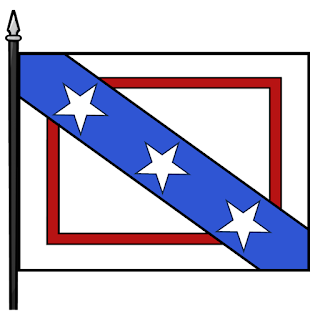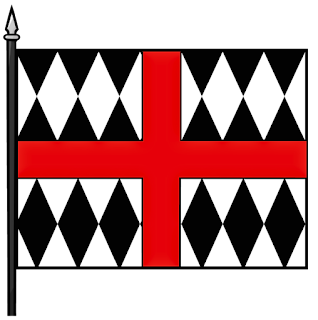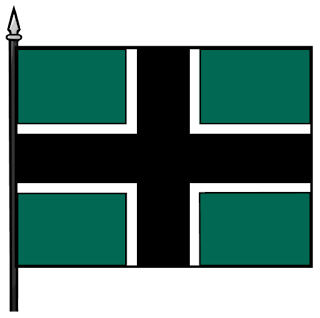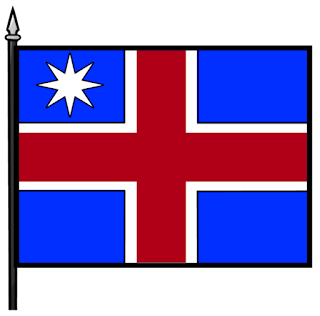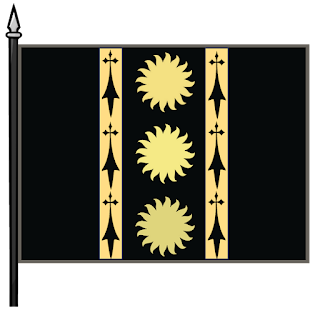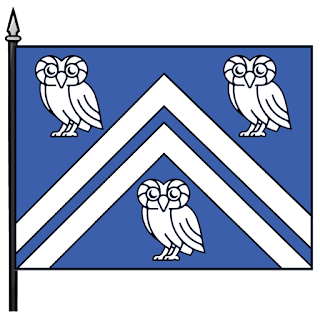(1872-1941) for Brookline Public Library in Brookline, Massachusetts. While la Rose is widely known for his ecclesiastical heraldic work, finding artifacts relating to his civic heraldry is quite rare. La Rose designed the seal for the library working with
 |
| Ex Libris of Brookline Public Library located in Brookline, Massachusetts. Image is from the Author's private collection. |
Recently, I purchased an ex libris containing la Rose's design for the library--I was thrilled to have a clear image of this simple coat. Based on the heraldic hatching of the arms, I constructed the following blazon.
The blazon for the arms of Brookline Public Library: Gules, an open book bound and edged with three clasps Or inscribed "Sapientia Legendo" in base barry wavy Argent and Sable.
After I wrote my analysis back in 2020, I believed that was all that could be mentioned about these arms. Until now.
A Muddy River
We know, based on collected data, that la Rose maintained a strict adherence to design schemes for those charges and layouts for arms. In other words, once he determined how a charge should be rendered, generally speaking, he kept to the design. Moreover, once he settled on how he would geographically identify a given coat of arms, he would maintain that design in order to illustrate unification with those coats.
La Rose never referred to himself as a herald, per se, likely knowing full well the title carried more than simply designing coats of arms. Rather, la Rose saw himself as an "archeologist," and embraced this title through his heraldic work by incorporating critical elements from the past in new corporate arms for unique identification. Brookline is no exception to his keen sense of that calling.
 |
Armorial flag of Brookline Public Library
Rendered by Chad Krouse, 2025 |
Prior to its official incorporation in 1705, the town of Brookline was known as "Muddy River." It is highly likely the black and white lines of barry wavy are la Rose's method of referencing Brookline's history. In the absence of any correspondence or rationale for Brookline Public Library, the design reference matches scores of examples in my data of how the designer would illustrate local history in corporate arms. For example, the City of Boston was once known as "Tremontinensis," and from this la Rose used the trimount as a symbolic reference for geographical identification (la Rose, 1911, 5).
Two Newly Discovered Arms
As my research progressed, I discovered two additional coats of arms for corporate bodies located in Brookline and these findings simply astounded me. Ironically, I found these arms on my birthday, and I quietly said "thank you," to both la Rose and the heraldic gods up above! Just when I believed to have la Rose figured out, something new emerges keeping me alert and on my toes.
From a careful review of yearbooks from Roman Catholic schools in Massachusetts, I randomly stumbled on St. Mary of the Assumption High School located in Brookline. Yearbooks are a rich source for scanning academic seals and coats of arms. Inside the school's 1941 yearbook Assumpta, I found two seals containing arms for the school and its sponsoring parish. In both sets, the black and white lines of barry wavy are present along with additional charges for identification and unification.
 |
| The seal and arms of the Parish of St. Mary Assumption Roman Catholic Church located in Brookline, Massachusetts. Image is from St. Mary of the Assumption High School (1941), p.7. |
Here we find a very rare example of la Rose designing arms for a parish church, as I have but only a couple in my data of more than 250 designs for corporate arms.
 |
Coat of arms for the Parish of St. Mary Assumption Catholic Church
Rendered by Chad Krouse, 2024 |
The seal and arms for the Parish of St. Mary of the Assumption are striking, simple, and clear. Based on the heraldic hatching in the image above, the arms can be blazoned: Azure, a six pointed mulllet Argent ensigned by an ancient coronet Or and issuing from base barry wavy Argent and Sable a trimount Or.
Each design component within the parish's arms provides important symbolism for identifying the church. The blue field, star, and ancient coronet represent the Queen of Heaven, the Blessed Virgin Mary. The trimount in base identifies the parish as one within the Archdiocese of Boston, and the black and white barry wavy geographically places the community within Brookline. Finally, the arms are set within la Rose's classic gothic quatrefoil seal wafer surrounded with the legend in Latin using Lombardic font. Who else, I dare ask, could render in such a simple and clear manner arms bursting with meaning and identification?
 |
The seal and arms of St. Mary of the Assumption High School located
in Brookline, Massachusetts. Image is from St. Mary of the Assumption
High School (1941), page 20. |
The arms of the school carry forward several design elements from those found in the parish's coat. First, the color of the field and the ancient coronet show unification with the parish as well as symbolizing the Blessed Virgin Mary. The black and white barry wavy lines geographically locate the school in Brookline. While I cannot find the citation at the moment, I did read the parish's territory was dedicated to St. Joseph, thus both the chevron rendered as a carpenter's square and three Madonna lilies provide additional geographical identification.
Based on the heraldic hatching for St. Mary of the Assumption High School, the blazon is: Azure, issuing from base barry wavy Argent and Sable three Madonna lilies conjoined and seeded Argent enfiled by an ancient coronet and overall a chevron rendered as a carpenter's square Or.
Two Religious Congregations
Diving deeper into the background surrounding the arms of the high school reveals a bit of a mystery in terms of la Rose's possible referencing within his design. We find two religious congregations involved at the school. In the beginning, the Sisters of Notre Dame de Namur were invited to run--what I believe the history shows--the elementary school in Brookline. According to Oates (1978), this congregation was not terribly keen on teaching boys, and so it appears the elementary school was strictly for girls (p. 662).
In 1924, however, things changed. The parish decided to open a co-educational high school and needed new teachers willing and able to help, and the Sisters of St. Joseph from the Boston Congregation filled the void (Oates, 1978, 664). If 1924 was the year in which St. Mary of the Assumption High School opened, then it's likely la Rose's use of the conjoined Madonna lilies and chevron as a carpenter's square was referencing the Boston Congregation of the Sisters of St. Joseph. Since it appears that the Sisters of Notre Dame de Namur had no involvement with the high school, then, the reference to the Boston Congregation makes perfect sense.
The supporting evidence for this theory can be found three years prior to the school's opening. In 1921, la Rose designed the Boston Congregation's arms and blazoned them: Azure, issuing from a vase Or in base three flowering lilies Argent, overall a chevron rendered as a carpenter's square Or and on a chief Sable three crowns composed of alternate crosses patty and fleurs-de-lis Or. I still struggle to rationalize the ancient coronet in the school's arms, perhaps a nod to the crowns in chief from the Sisters' arms, or a charge for unification from the parish's arms? My take: the coronet is referencing the parish given la Rose's prominent placement in both arms. However, its truly anyone's guess.
As the research stands for now, I believe it's highly possible that la Rose designed both the arms for the Parish of St. Mary of the Assumption and its high school around 1924.
After working with the archivist from the Boston Congregation of the Sisters of St. Joseph, I believe neither the school or the parish know these beautiful designs by la Rose exist. I hope, possibly, to help bring these back to life for them.
So, a muddy river shall unite them all.
La Rose, Pierre de C. (1911). The arms of his Eminence Cardinal Gibbons. The Ecclesiastical Review, 5(45), pp. 2-11.
Oates, M.J. (1978). Organized voluntarism: The Catholic sisters in Massachusetts, 1870-1940. American Quarterly, 30(5), pp. 652-680.
St. Mary of the Assumption High School. (1941). Assumpta. St. Mary of the Assumption High School.
Trustees of Brookline Public Library. (1911). The fifty-fourth annual report of the trustees of the public library of Brookline for the year ending December 31, 1910. Grimes Press, 363.
.png)

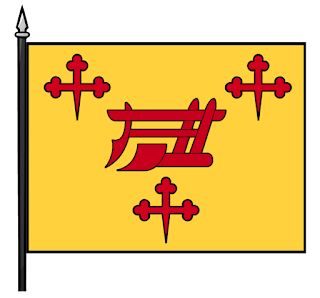
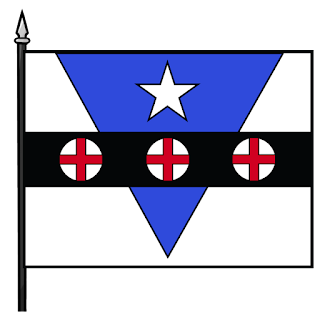
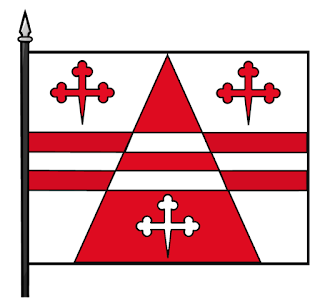
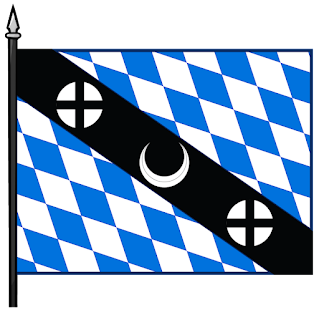
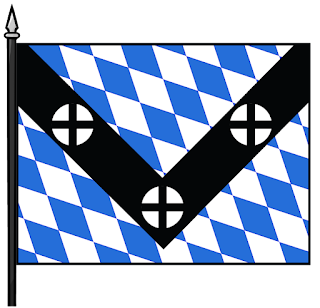
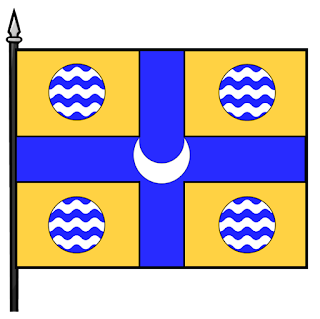
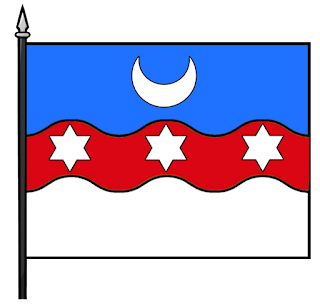
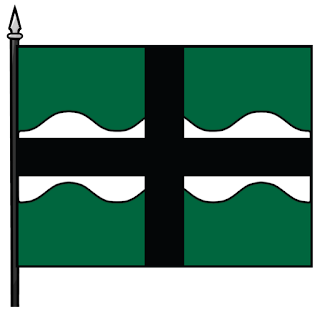
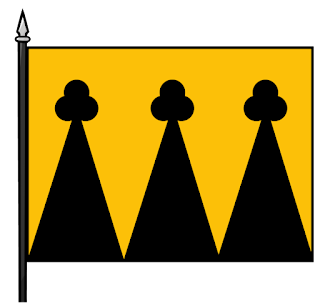



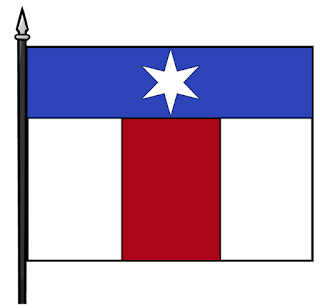
.png)





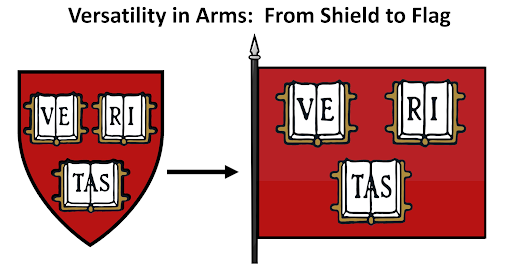
.png)
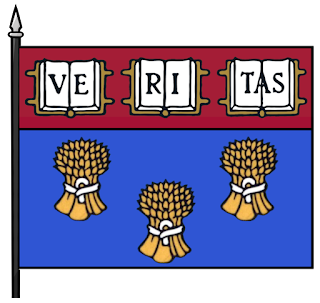

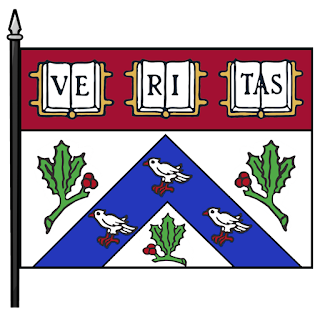
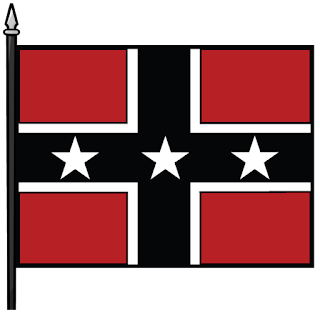










.png)

.png)
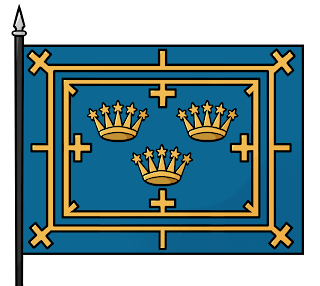
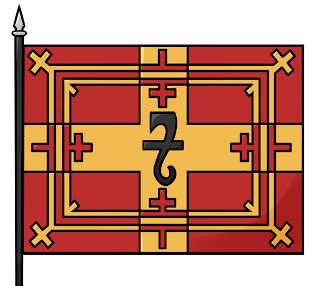
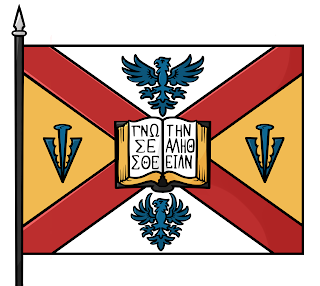
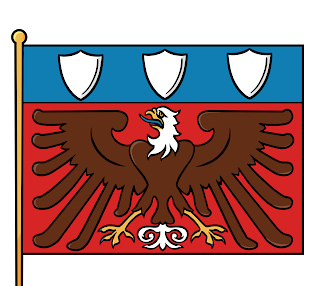
.PNG)
.PNG)
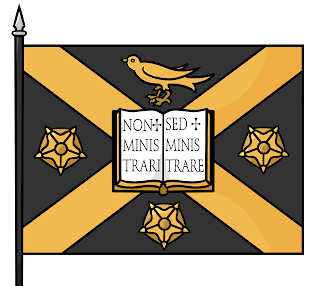
.png)



